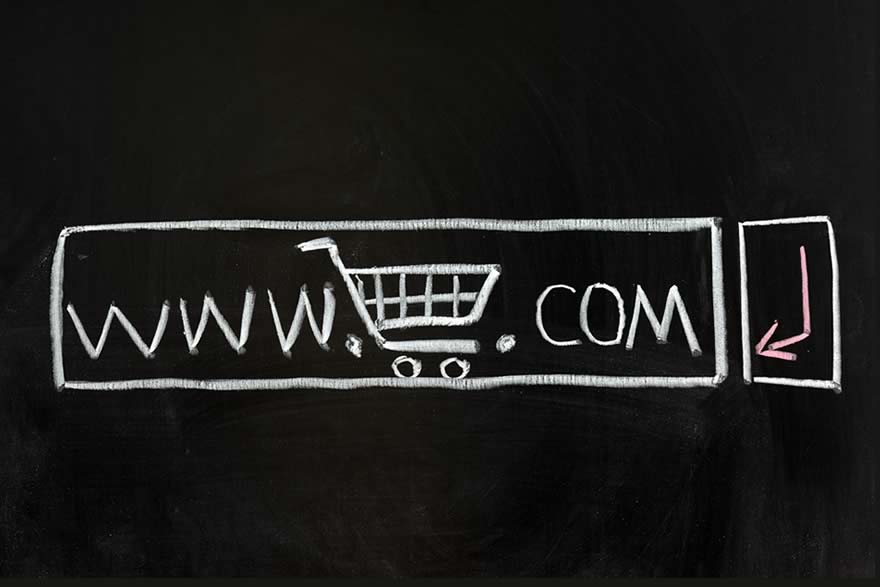For all ecommerce merchants, it’s always a good idea to diversify your selling platforms. That way, you increase your odds of driving more traffic and sales to your store. In this post, RepricerExpress takes a look at Google Shopping, one of the most underrated ways in which you can put your inventory out there.
Breaking Down What’s Involved with Google Shopping
As with pretty much everything else Google-related, the beauty of this option lies in its simplicity. Google Shopping allows ecommerce merchants to pay Google to list their products so buyers can price-compare and get the best deals.
The layout is minimalist and easy-to-follow, with categories listed in horizontal stacks and a few products from each displayed. Clicking on any product will take you to a more detailed page where you’ll see:
- the full name
- price
- number of stores it’s available in (i.e. 25+, 50+, etc.)
- its rating out of five stars
- the number of product ratings it has
- a brief product description
And when you click on a specific item, a box will pop up with more details that’ll allow you to price-compare with all the stores that sell it. There’s also a blue ‘Shop’ box that lets you go right to the store, along with options to add it to your shortlist or see:
- related items
- product features
- reviews
- details
- accessories
Google Shopping isn’t exactly redesigning the wheel, but that’s because it’s not trying to. You’ll find a lot of similarities with other platforms but its main differences are in how cleanly laid out it is and how it lets you compare with a bunch of stores at the same time, as opposed to having to keep multiple tabs open at the same time.
And for ecommerce merchants, their biggest benefit is obvious: they get to advertise on the world’s most popular and visited site. It’s undeniable how that exposure can help merchants, especially the ones who have really mastered the art of selling online.
Google shopping was at the heart of the EU Commission’s case with Google in April of this year, with claims of possible anti-competitive practices.
How to Get Ahead With Google Shopping
As mentioned before, merchants have to pay to use Google Shopping, but it’s a tad more complex than that. In essence, Google Shopping utilises a ‘Pay-to-Play’ system where sellers control the visibility of their products based on how much they pay. Think of it like advertising: the more you spend, the more visible and front-and-centre your product tends to be.
But unlike other forms of advertising, Google Shopping makes it incredibly easy by giving you full control over how much you spend and what that translates into. Instead of various markup layers where you might not know where your money’s going, your dollars, euros and pounds go straight toward your product’s online visibility.
You Get the Benefit of Google’s Search Engine Algorithm
Each marketplace uses its own different search engine algorithm, and Google’s is one of the most straightforward and easy to use. To make the whole process even simpler, Google has a Product Feed Specifications ‘pamphlet’ you can use to help get your product’s ranking even higher.
What this means is that, when used in conjunction with how much you bid, you can increase your product’s visibility by using organic and synthetic means to get a higher ranking. Take some time right at the beginning to see how the highest-ranked products are written, practice on your own with the Google Product Feed Specifications, and challenge yourself to be one of the top sellers buyers notice first.
Plus, using Google means you also get to plunder all their add-ons, like ads, buyer information (e.g. geographic location, mobile-versus-non usage, comparison with brick-and-mortar store proximity, etc.) and more.
The more data you have at your fingertips, the potentially better you can drive traffic and sales to your store. To paraphrase Sun-Tzu, if you know neither yourself nor your buyer, you’ll lose every time; if you know only yourself or your buyer (and not both), you might get a sale 50% of the time; but if you understand both yourself and your buyer, your chances of getting a sale are almost 100%.


